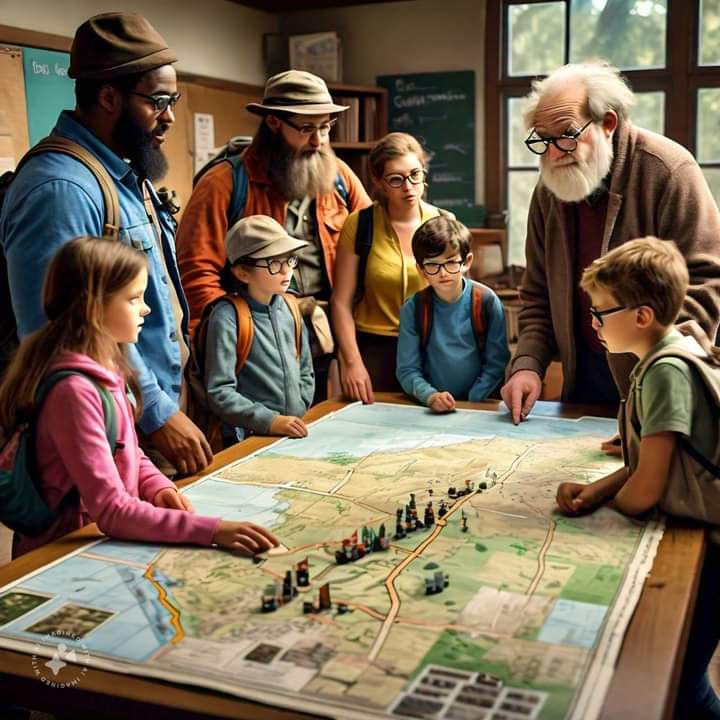Korean Airlines Flight 007 (1983)
Due to a navigational error, this commercial flight entered Soviet airspace and was shot down by a Soviet fighter jet. The incident led to the tragic loss of 269 lives and significant diplomatic fallout, emphasizing the consequences of errors in route planning and navigation.
The KLM and Pan Am Runway Collision (1977)
In Tenerife, miscommunication and a failure to use runway maps accurately led to two planes colliding, killing 583 people. This remains the deadliest aviation accident in history and underscores the importance of precise navigation and map reading in air traffic control.
Sinking of Costa Concordia (2012)
The Costa Concordia cruise ship ran aground off the coast of Italy due to poor route planning and navigational errors. The disaster caused 32 fatalities and extensive damage to the vessel and environment, underscoring the risks of failing to follow navigational charts closely.
The Franklin Expedition (1845)
This British expedition to the Arctic was one of history’s most famous instances of map-related tragedy. Led by Sir John Franklin, the crew relied on maps that underestimated the harsh conditions. Both ships and all crew members were lost due to poor navigation and lack of preparedness for the mapped area.
MV Rena Grounding (2011)
This container ship grounded on the Astrolabe Reef in New Zealand due to faulty map reading, causing significant environmental damage, including an oil spill. The incident led to millions in clean-up costs and losses from the cargo lost at sea.
Death Valley GPS Misguidance (2009)
Several tourists following GPS routes in Death Valley National Park were led into remote, impassable areas. Without adequate map-reading skills to double-check GPS guidance, they ended up stranded in extreme heat, resulting in fatalities and expensive search-and-rescue efforts.
Lost Hikers in the Grand Canyon
Every year, several hikers in the Grand Canyon require rescue due to inadequate map reading. Many underestimate the difficulty of the trails and end up lost, resulting in emergency rescues, loss of resources, and sometimes, tragic fatalities.
Mount Everest Climbing Disasters
In multiple instances, climbers on Mount Everest failed to navigate accurately using maps, leading to fatal outcomes. In 1996, 12 climbers died due to incorrect route choices and underestimating map-read environmental risks. Faulty map reading also led to delays, hypothermia, and other life-threatening conditions.
In each of these cases, a failure to interpret or verify map information led to a costly or tragic outcome. From military and emergency services to civilian navigation, accurate map reading remains a vital skill for ensuring safety and efficiency.


